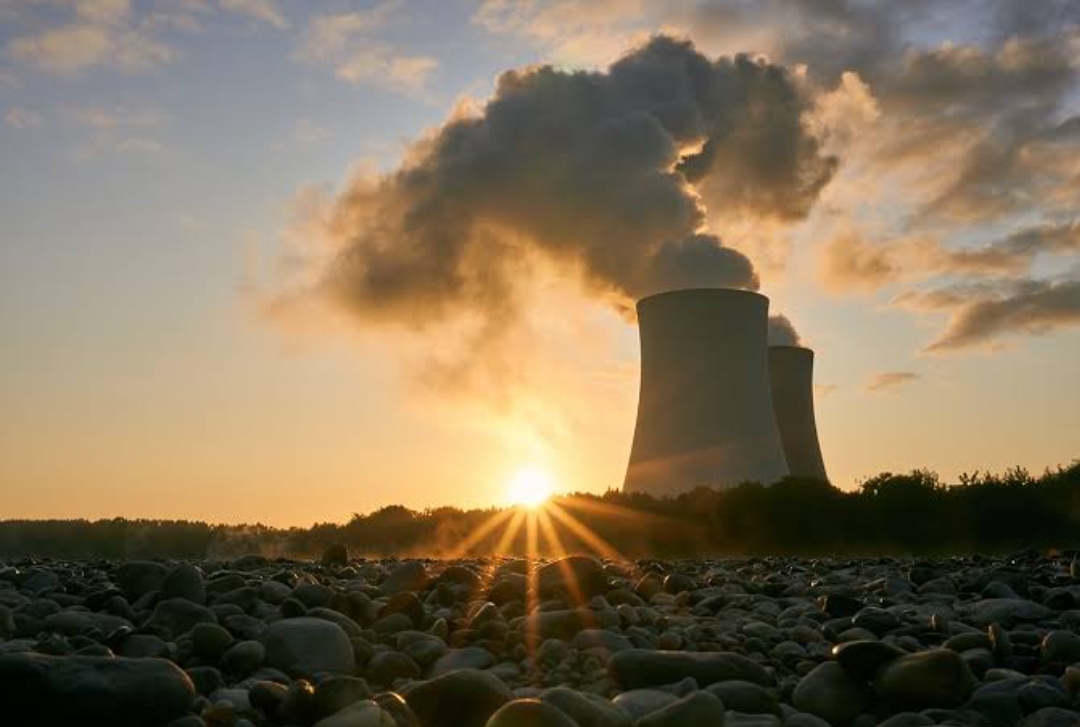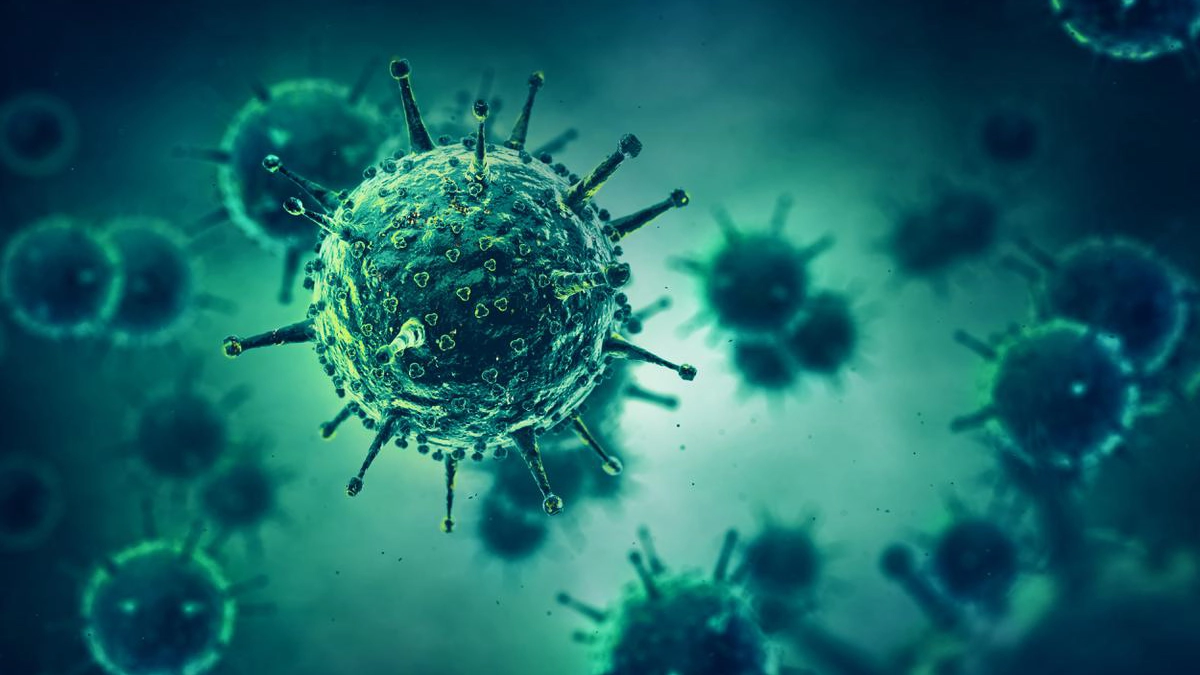
How pharma will profit from climate change
Across industries, environmental sustainability continues to gain momentum as a goal, a guiding principle and a long-term viability plan. Consumers, never more informed about the impact of business activity on Earth’s homeostasis, demand more responsible practices. And many global players – from the automotive industry to consumer products manufacturers – have answered the call. But there’s one particularly large contributor that’s yet to make its presence felt when it comes to environmental challenges. Dear Big Pharma, where are you?
Two recent studies reveal that the pharmaceutical industry is a momentous contributor to climate change and environmental pollution. According to an analysis by McMaster University, Big Pharma releases significantly more carbon emissions than the automotive industry; the difference in 2015 alone was a staggering 55%. And a review of the effects of drug manufacturing in Patancheru, India (a large production hub) found that spillage of the broad-spectrum antibiotic Ciprofloxacin into surrounding ecosystems is equal to 44kg a day. That’s enough to treat 44,000 people.
Current reporting guidelines are voluntary and unstandardized, making it difficult to compare emissions between companies and over time, as McMaster attempted to do. While the university analyzed more than 200 companies from 2011-2015, only 25 of them even reported their 2015 emissions.
In some ways, Big Pharma’s view of environmental stewardship as a low priority seems understandable. The industry provides live-saving drugs, products that are arguably so valuable that no long-term consequence of manufacturing them could be too high. Businesses of all kinds warn that regulations will cause serious dips in profit, and pharma profits fund R&D. Threats to revenue could be seen as threats to public health.
There are, however, a handful of pharma players embracing sustainability, and their performance suggests financial concerns are unwarranted. Roche, Johnson & Johnson and Amgen are currently operating in voluntary compliance with the Paris Agreement, and all three achieved the largest levels of profitability and revenue growth in their sector (7-25%). Notably, variability within this set (Eli Lilly emits five and a half times as much carbon dioxide per $1million of revenue as Roche) also establishes that – against current targets, at least – companies can stay compliant even as they make progress that is individualized and/or incremental.
Laudably, AstraZeneca has also committed to meeting the Paris Agreement’s most ambitious emissions reduction targets. It even measures business initiatives against the 17 Sustainable Development Goals from the UN’s wide-ranging 2030 Agenda (which targets everything from reduced poverty to climate action to the eradication of hunger). But for Big Pharma, a trillion-dollar industry, the voluntary participation of individual role models will only make so much impact on climate change.
It’s only a matter of time before governments begin mandating emission reductions that may or may not allow for the variances that the Paris Agreement or the 2030 Agenda can. And thus far, pharma has demonstrated little of the initiative that the automotive industry did in 2009, when it acknowledged its responsibility to the Earth and partnered with environmental groups and national/state governments alike to set its own aggressive-but-achievable standards.
Climate change is no longer a slowly accumulating threat but a present reality. And pharma’s outsize impact will not continue to go uninterrogated by regulators or consumers. The industry can wait for external bodies to mandate its evolution, taking the risk that later, more urgent initiatives and targets won’t be cripplingly disruptive. Or it can take the lead and embrace its role as a global caretaker – not just of individual patients, but the one world we all share.
Visit DocMode for Courses and lectures









